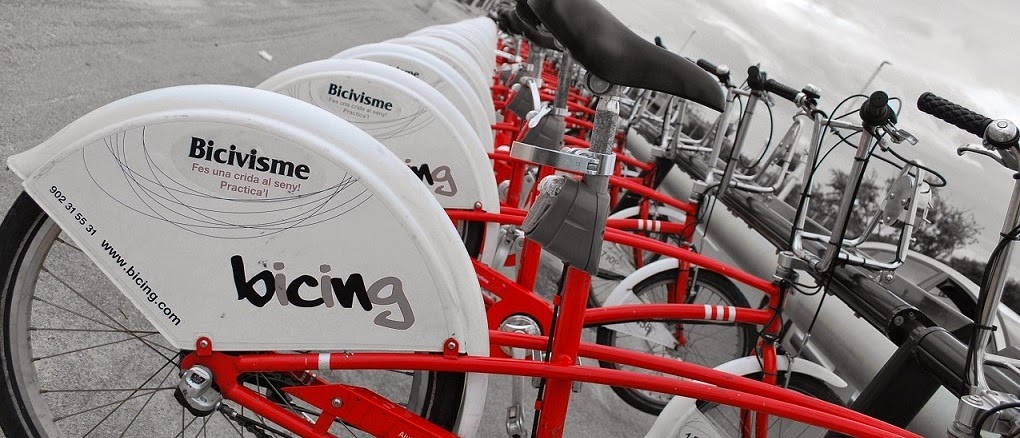WHAT IS BURNING MAN?
Trying to explain what Burning Man is to someone who has never been to the event is a bit like trying to explain what a particular color looks like to someone who is blind. In this section you will find the peripheral definitions of what the event is as a whole, but to truly understand this event, one must participate. This site serves to try to paint a picture of the Burning Man experience to those who are new to the project, as well as to give those participants looking to keep the fire burning in their daily lives an environment in which to connect to their fellow community members. For a brief yet eloquent overview of the entire event from the time of arrival to the time of exodus, please read "What is Burning Man?", an essay written by participant and one-time web team member, Molly Steenson. Please see archived sections for each year to read more about the art themes, art installations and theme camps for each year.
Here you will find links that will take you on a trip through the past - through the history of Burning Man - from its early days on a small beach in San Francisco through its evolution into the bustling city of some 48,000+ people that the Burning Man event has become today. These people make the journey to the Black Rock Desert for one week out of the year to be part of an experimental community, which challenges its members to express themselves and rely on themselves to a degree that is not normally encountered in one's day-to-day life. The result of this experiment is Black Rock City, home to the Burning Man event.
There are no rules about how one must behave or express oneself at this event (save the rules that serve to protect the health, safety, and experience of the community at large); rather, it is up to each participant to decide how they will contribute and what they will give to this community. The event takes place on an ancient lakebed, known as the playa. By the time the event is completed and the volunteers leave, sometimes nearly a month after the event has ended, there will be no trace of the city that was, for a short time, the most populous town in the entire county. Art is an unavoidable part of this experience, and in fact, is such a part of the experience that Larry Harvey, founder of the Burning Man project, gives a theme to each year, to encourage a common bond to help tie each individual's contribution together in a meaningful way. Participants are encouraged to find a way to help make the theme come alive, whether it is through a large-scale art installation, a theme camp, gifts brought to be given to other individuals, costumes, or any other medium that one comes up with.
The Burning Man project has grown from a small group of people gathering spontaneously to a community of over 48,000 people. It is impossible to truly understand the event as it is now without understanding how it has evolved. See the first years page and Burning Man 1986 - 1996 for the legendary story of Burning Man's beginnings and to understand how the event has come to become what it is today. The timeline gives a short overview of what each year looked like. Please also check out the detailed archives for years 1997, 1998, 1999, 2000, 2001, 2002, 2003, 2004, 2005, 2006, 2007, and 2008. Within each of these years are descriptions each year's art theme, theme camps, large art installations, as well as maps, journals of our city being built, the newsletters to the community for each year, issues of the Black Rock Gazette (a daily news publication produced and printed on the playa), and clean up reports for each year, including a list of those sites that failed to "leave no trace". These pages help understand the larger scope of the entire experience, from the planning that happens year-round to make each event possible, to the clean-up efforts which take place for sometimes months after the city has disappeared.
The impact of the Burning Man experience has been so profound that a culture has formed around it. This culture pushes the limits of Burning Man and has led to people banding together nation-wide, and putting on their own events, in attempt to rekindle that magic feeling that only being part of this community can provide. The Black Rock Arts Foundation promotes interactive art by supporting public art that exists outside the event, and has a special interest in supporting art at regional events. Additionally, Burning Man has over two thousand volunteers who work before, during and after the event (many who work year-round) to make the event a reality. To give of your time and talents, please see the Participate section of the website.
If this is your first visit to this site, a good starting point is the FAQ page, the glossary, and the timeline. From here you can stroll through the carefully archived sections for each year. Community, participation, self-expression, self-reliance; these tenets of Burning Man are lifeblood of the Burning Man experience. Whether you are new to this site or are returning for your umpteenth visit, you are encouraged to delve into these pages to expand your viewpoint and definition of these ideals, and to connect with yourself to find your niche in our community. The giving of yourself is the greatest gift you can give to the Burning Man community, and is imperative to the survival of this unique experiment.

No comments:
Post a Comment